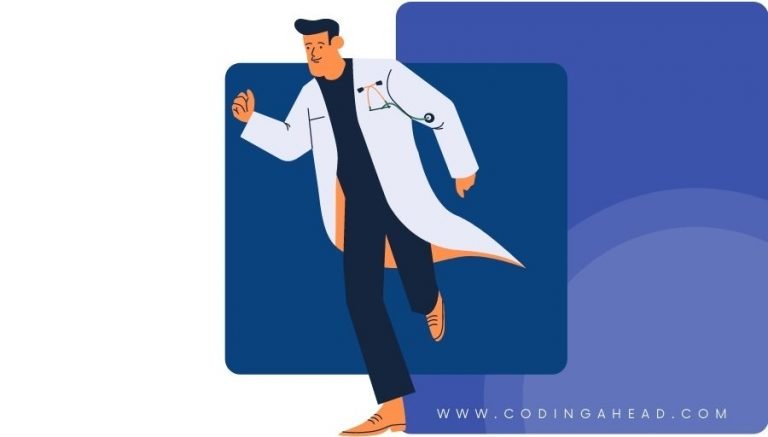How To Use CPT Code 95720
CPT 95720 is a code used for continuous electroencephalogram (EEG) recording with video, involving a physician or other qualified health care professional’s review and analysis of recorded events. This article will cover the description, procedure, qualifying circumstances, documentation requirements, billing guidelines, historical information, similar codes, and examples of CPT 95720.
1. What is CPT 95720?
CPT 95720 is a medical billing code used for continuous electroencephalogram (EEG) recording with video, which involves a physician or other qualified health care professional’s review and analysis of recorded events. This code is used for each increment of greater than 12 hours up to 26 hours of EEG recording, with the provider interpreting the findings and preparing a report after each 24-hour period.
2. 95720 CPT code description
The official description of CPT code 95720 is: “Electroencephalogram (EEG), continuous recording, physician or other qualified health care professional review of recorded events, analysis of spike and seizure detection, each increment of greater than 12 hours, up to 26 hours of EEG recording, interpretation and report after each 24-hour period; with video (VEEG)”.
3. Procedure
- The patient is placed in a supine position.
- Electrodes or sensors are attached to the patient’s head by a technologist.
- Wires connect the sensors to a computer, which records the electrical activity and projects the findings to a monitor or prints out the graphical recording.
- A video is recorded during the EEG procedure.
- The physician or other qualified health care professional reviews the recorded events, analyzes spike and seizure detection, interprets the data, and writes a report after each 24-hour period.
4. Qualifying circumstances
Patients who are eligible to receive CPT code 95720 services are those who require continuous EEG recording with video for the diagnosis or monitoring of conditions affecting brain activity, such as epilepsy, sleep disorders, dementia, nervous system or mental disorders, head injuries, tumors, coma, or brain death. Providers may also use electroencephalography to measure brain activity during a surgical procedure.
5. When to use CPT code 95720
It is appropriate to bill the 95720 CPT code when a continuous EEG recording with video is performed for each increment of greater than 12 hours up to 26 hours, and a physician or other qualified health care professional reviews the recorded events, analyzes spike and seizure detection, interprets the data, and writes a report after each 24-hour period.
6. Documentation requirements
To support a claim for CPT 95720, the following information should be documented:
- Patient’s medical history and reason for the EEG recording
- Duration of the EEG recording
- Details of the video recording
- Physician or other qualified health care professional’s review, analysis, interpretation, and report of the recorded events
- Any relevant findings or diagnoses
7. Billing guidelines
When billing for CPT code 95720, it is important to follow these guidelines:
- Report CPT 95720 for each increment of greater than 12 hours up to 26 hours of EEG recording.
- For multiple-day studies, CPT 95720 may be reported after each 24-hour period during the extended recording period.
- Do not report CPT 95720 for professional interpretation of long-term EEG studies when the recording is greater than 36 hours and the entire professional report is retroactively generated, even if separate daily reports are rendered.
- When the entire study includes recording greater than 36 hours, and the professional interpretation is performed after the entire recording is completed, see CPT codes 95721-95726.
8. Historical information
CPT 95720 was added to the Current Procedural Terminology system on January 1, 2020. There have been no updates since its addition.
9. Similar codes to CPT 95720
Five similar codes to CPT 95720 and how they differentiate are:
- CPT 95717-95718: These codes are used for continuous EEG recording without video, involving a physician or other qualified health care professional’s review and analysis of recorded events.
- CPT 95719: This code is similar to CPT 95720 but does not include video recording (VEEG).
- CPT 95721-95726: These codes are used for professional interpretation of long-term EEG studies when the recording is greater than 36 hours and the entire professional report is retroactively generated.
- CPT 95813: This code is used for an EEG with extended monitoring lasting 61 to 119 minutes.
10. Examples
Here are 10 detailed examples of CPT code 95720 procedures:
- A patient with a history of epilepsy undergoes a 24-hour continuous EEG recording with video to monitor seizure activity.
- A patient with a sleep disorder undergoes a 20-hour continuous EEG recording with video to evaluate sleep patterns and diagnose the specific disorder.
- A patient with suspected dementia undergoes a 26-hour continuous EEG recording with video to assess brain activity and confirm the diagnosis.
- A patient with a head injury undergoes a 16-hour continuous EEG recording with video to monitor brain activity and detect any abnormalities.
- A patient with a brain tumor undergoes a 24-hour continuous EEG recording with video to evaluate the impact of the tumor on brain function.
- A patient in a coma undergoes a 22-hour continuous EEG recording with video to assess brain activity and determine the prognosis.
- A patient with a nervous system disorder undergoes a 24-hour continuous EEG recording with video to monitor brain activity and guide treatment decisions.
- A patient with a mental disorder undergoes a 18-hour continuous EEG recording with video to evaluate brain activity and diagnose the specific condition.
- A patient undergoing brain surgery has a continuous EEG recording with video performed during the procedure to monitor brain activity and ensure patient safety.
- A patient with suspected brain death undergoes a 24-hour continuous EEG recording with video to confirm the diagnosis and inform end-of-life decisions.


